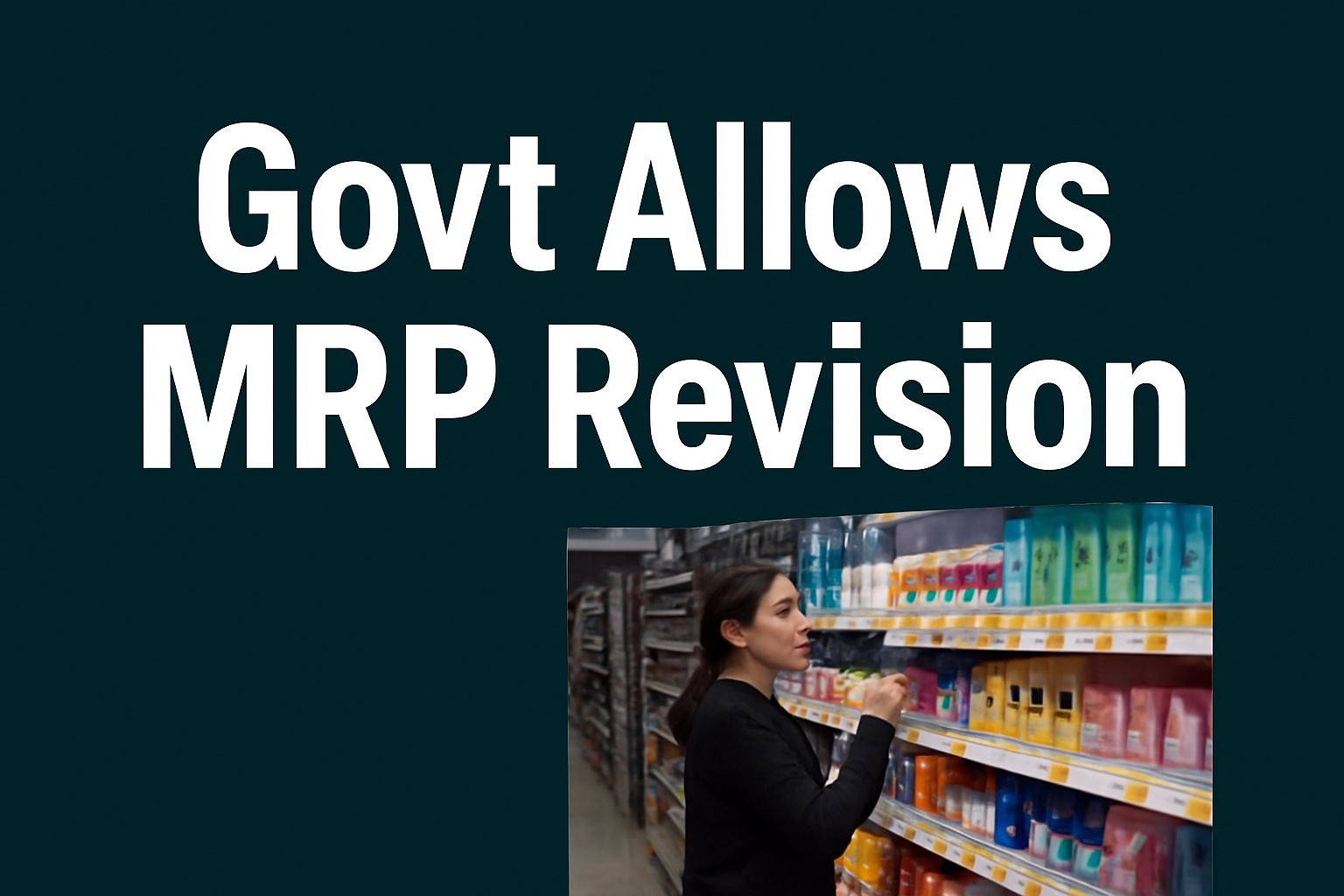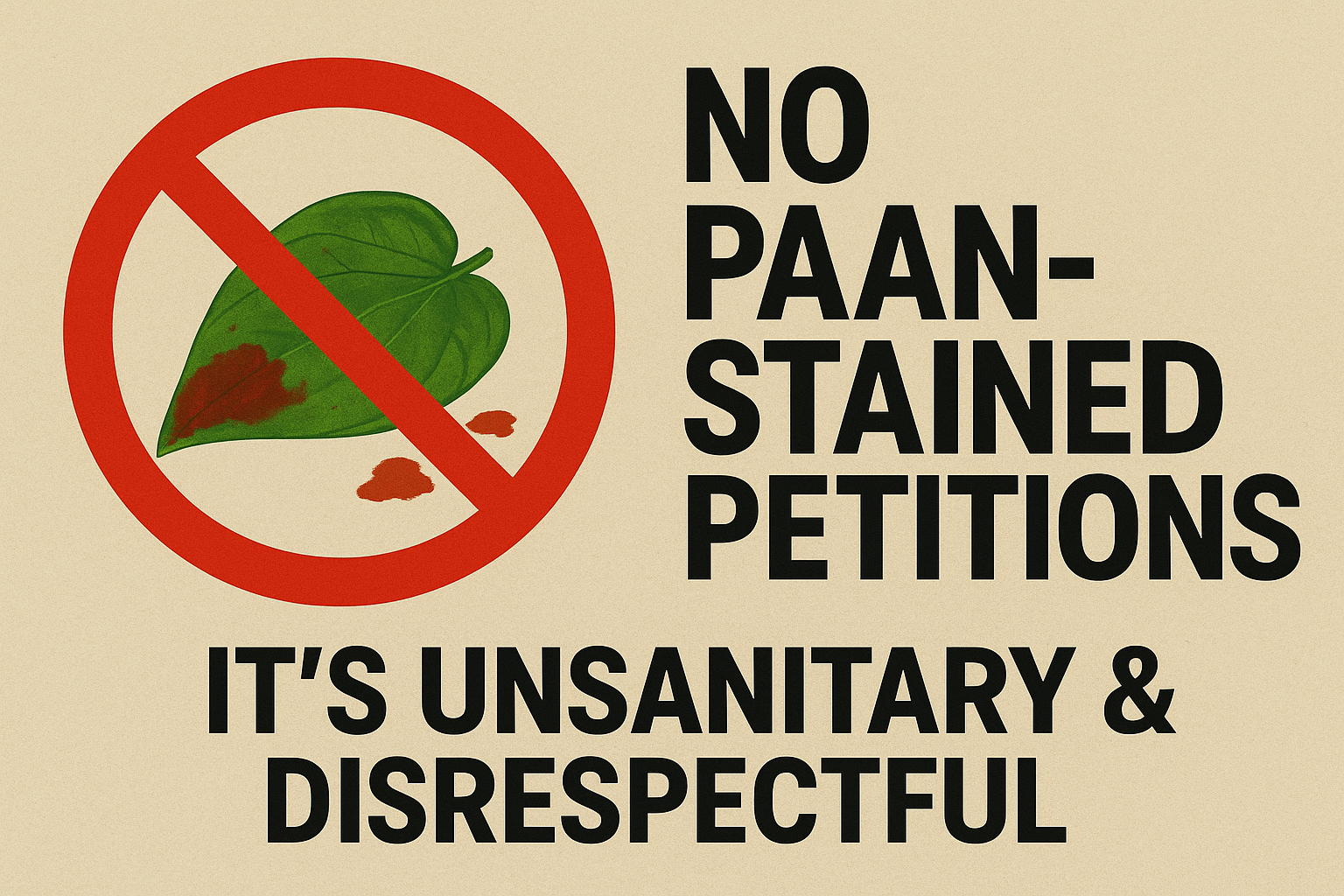
The recent decision by the government to allow changes in Maximum Retail Prices (MRP) after the revision of Goods and Services Tax (GST) rates has opened up both opportunities and hurdles for businesses and consumers. At the heart of this step lies the aim of making the tax shift smoother while ensuring that buyers truly benefit from lower GST rates on many daily-use goods.
Decision Matters
The change has been made under the Legal Metrology (Packaged Commodities) Rules, 2011. It allows manufacturers, packers, and importers of pre-packaged goods to revise the MRP of unsold stock to match the new GST rates. Earlier, companies often found themselves in a fix whenever tax changes happened. Products already printed with old prices would remain stuck in warehouses or be sold at higher rates, even when the new tax system demanded lower ones. Now, with permission to revise prices, businesses can adjust their stock and avoid unnecessary packaging waste.
Consumer Concerns
For the common man, the move could translate into real savings. Everyday goods like shampoo, toothpaste, soap bars, shaving cream, and even items such as butter, cheese, and namkeen mixtures have seen their GST rates fall from 18 percent or 12 percent to 5 percent. This should, in theory, bring down prices on the shop shelves. A family buying household essentials every week may now feel a lighter burden on their budget.
At the same time, the consumer affairs ministry has promised to keep a close eye on how the benefits are passed on. Complaints on social media, representations from consumer groups, and grievances filed on the National Consumer Helpline will be monitored carefully. This is a reminder that while the government has created the framework, it is up to companies and sellers to ensure the benefits actually reach the customer.
The Industry’s Side of the Story
Businesses, however, face their own challenges. Revising MRPs sounds simple on paper but requires careful coordination. Companies need to ensure that the old stock in warehouses and retail stores gets updated quickly. This can involve printing new stickers, stamping, or even online systems to display the revised prices. Retailers must ensure that customers see both the original MRP and the new revised price clearly.
Another concern for companies is timing. The facility to revise MRPs is available only until December 31, 2025, or until unsold stock is cleared, whichever comes earlier. For large distributors and manufacturers with massive inventories, this could mean an intense effort to bring everything in line within the deadline.
The Larger GST Picture
The revision in MRP is directly tied to the reshaping of GST slabs. On September 3, the government consolidated GST rates largely into two major slabs of 5 percent and 18 percent. Items that earlier fell into the 12 percent or 28 percent bracket were either reduced or exempted. For example, many essential items now carry lower rates, while luxury or “sin” goods continue to bear a higher rate of 40 percent.
This restructuring is aimed at making GST simpler and fairer. Essential items like food, toiletries, and household products have moved into lower brackets, easing the burden on ordinary families. On the other hand, the government has chosen to keep higher taxes on products considered non-essential or harmful.
Balancing between Pain & Gain
While consumers may eventually enjoy the benefits of lower GST, companies and retailers are in a tight spot in the short term. They need to manage existing stock, update systems, and bear the costs of printing or stamping new MRPs. For smaller businesses, this could prove especially demanding. Yet the long-term picture points to a more stable and transparent system where prices reflect taxes more accurately.
Fair Pricing
The government’s decision to allow MRP revisions is, at its core, a step toward fairness. Without it, consumers would continue to pay outdated higher prices even when tax rates dropped. Now, the responsibility lies equally on businesses and regulators to ensure that the benefits reach every household.
What stands out is that the measure does not allow companies to raise prices beyond the exact change in tax. If taxes are reduced, the revised MRP must not exceed the new reduced price. This clarity closes the door on misuse and ensures transparency in pricing.
Final Take
The change in rules around MRP revision may appear to be a technical matter, but it carries deep implications for everyday life. From kitchen shelves to supermarket aisles, buyers could see small but meaningful savings. For businesses, it is both a relief and a challenge, demanding quick adaptation but also opening the chance to build consumer trust.
Ultimately, the move shows how tax policy, consumer rights, and corporate practices come together in shaping the economy. For now, shoppers can hope that the next time they reach for a bar of soap or a packet of biscuits, the price tag will honestly reflect the tax they are meant to pay.



.jpeg)


.jpeg)




.jpeg)

.jpeg)


.jpeg)


.jpeg)

.jpeg)